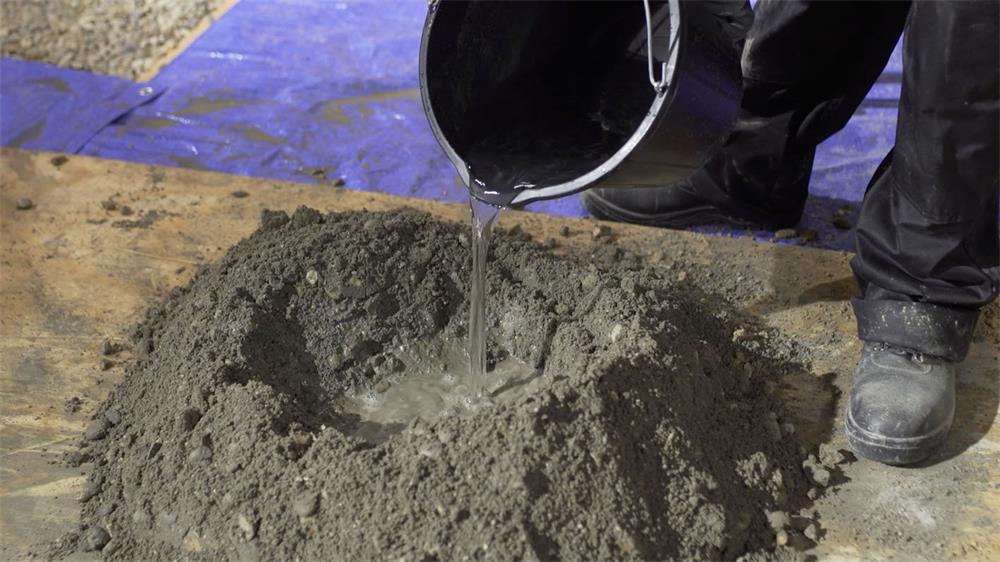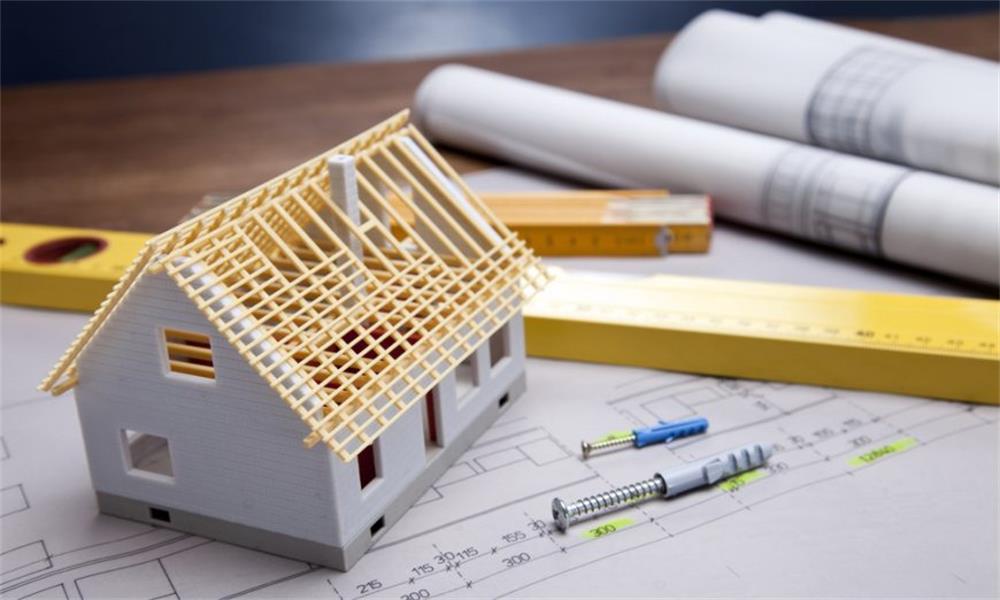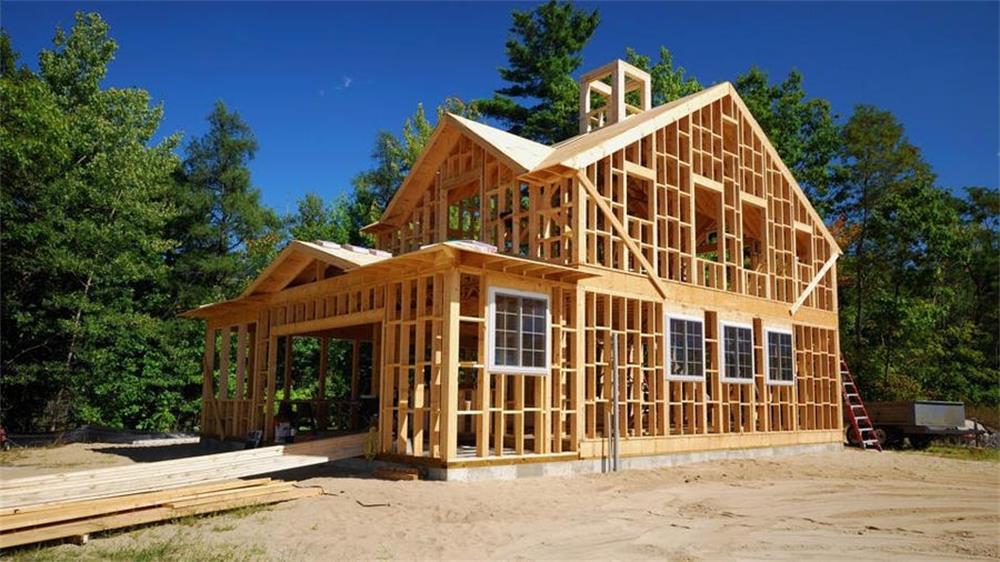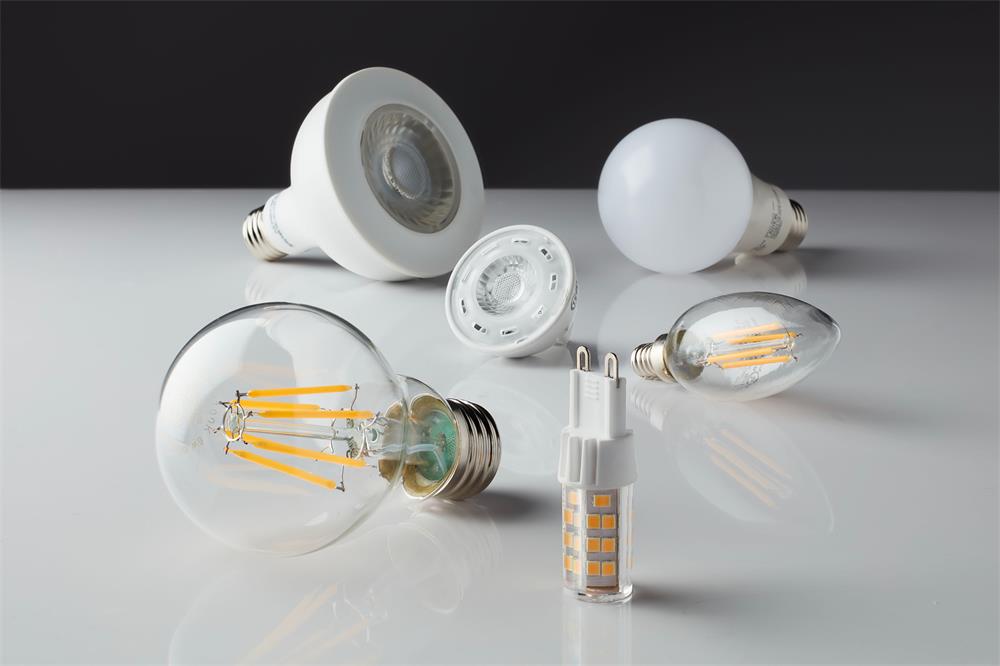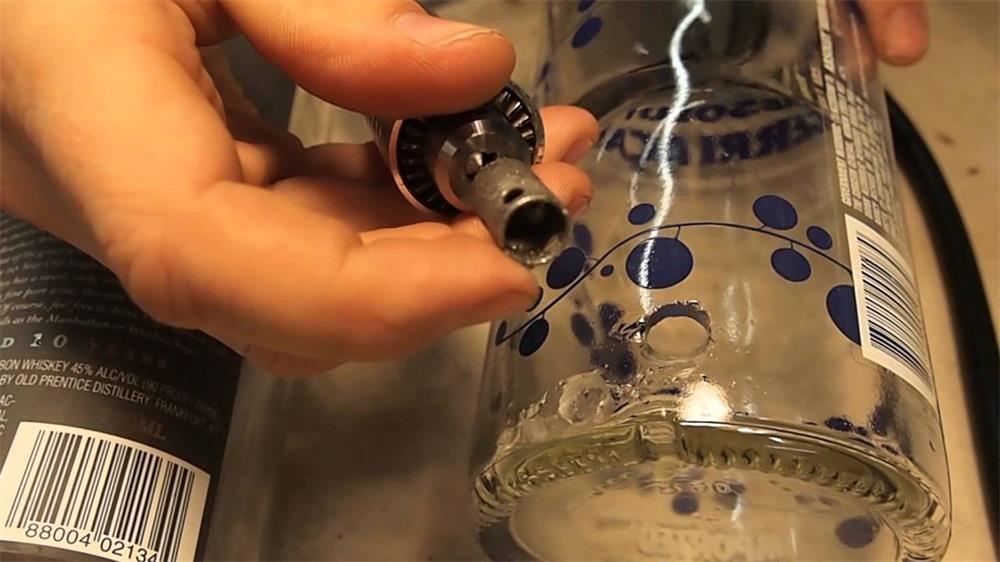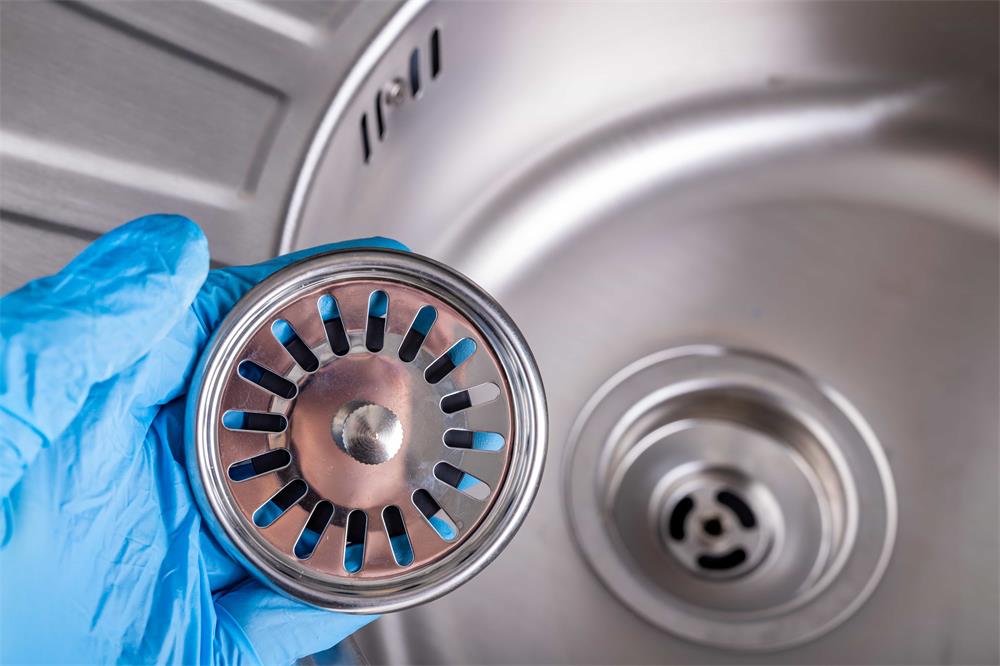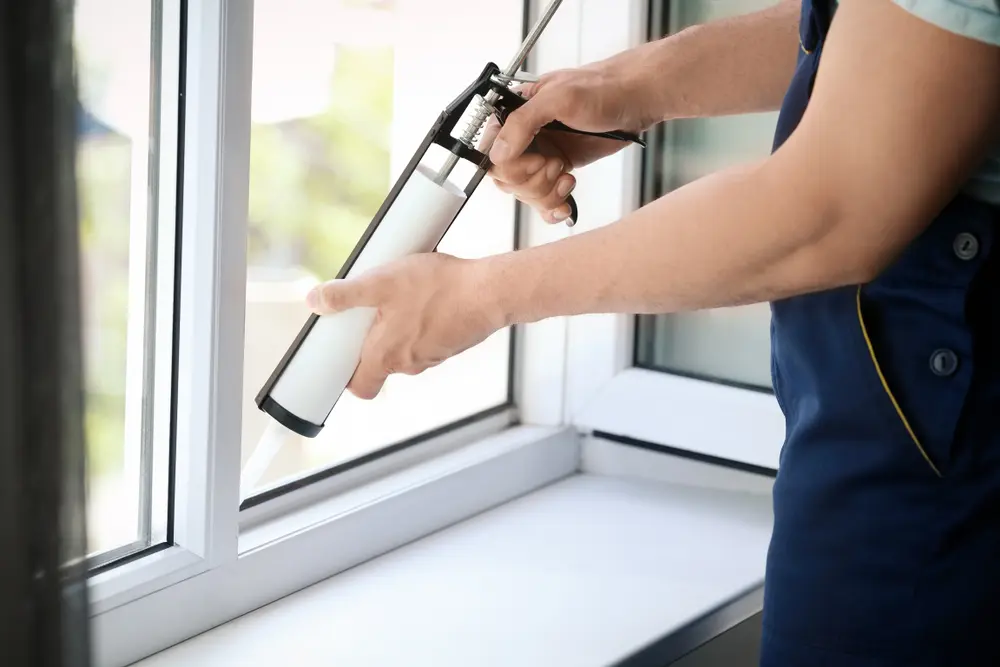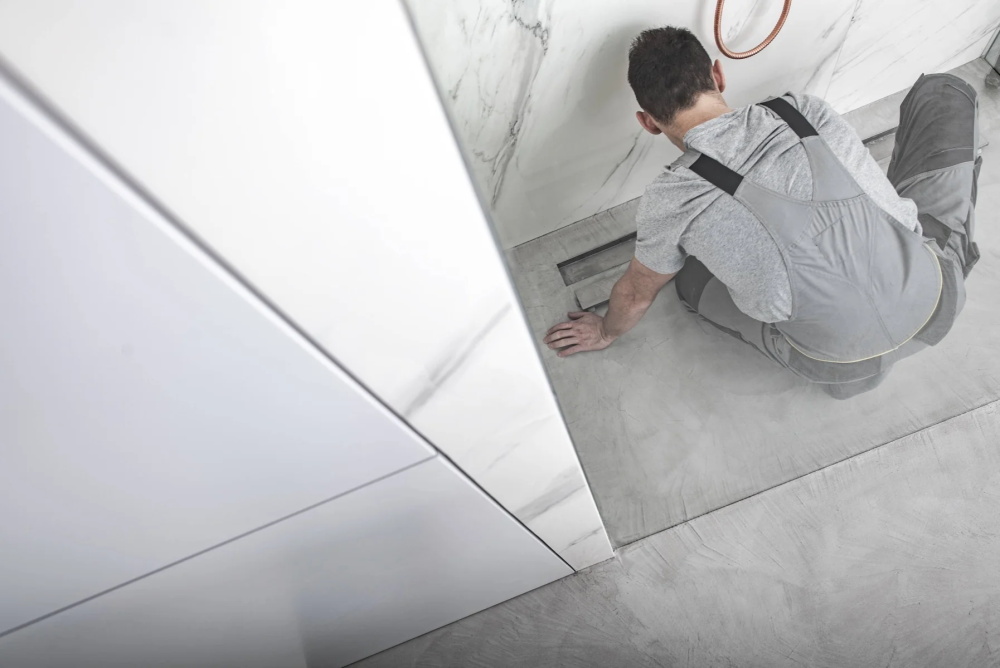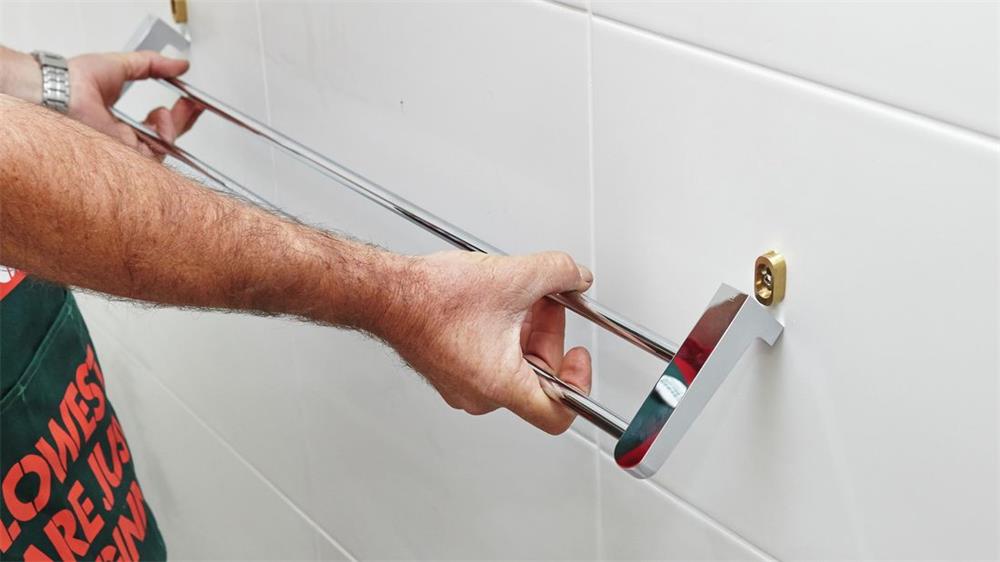Contents
Concrete is a versatile and durable material that you can use for various projects around your home. You can make your own concrete mix by combining cement, sand, and gravel in the right proportions. Here are some steps to help you mix concrete correctly and safely.
What You’ll Need
- Cement mix (not sand mix or mortar mix)
- Coarse gravel or crushed stone
- Sand
- Water
- Wheelbarrow
- Hoe
- Shovel
- Bucket (small and large)
- Dust mask
- Rubber gloves
- Safety glasses
- Stiff-bristle brush
How to Mix Concrete
- Choose the right cement mix. Depending on your project, you may need a different type of concrete mix. For most small jobs, such as fence posts, deck footings, or small pads, you can use a standard concrete mix that contains cement, sand, and gravel. For larger jobs, you may want to order ready-mix concrete from a truck. You can also find special mixes that have fast setting, high early strength, or fiber reinforcement properties. Check the labels or the manufacturers’ websites to find out which mix is best for your project.
- Measure the ingredients. Use a small bucket as a measuring cup and follow a 3:2:1 ratio of sand to gravel to cement. For example, if you use a 1-gallon bucket as your measuring cup, you would need 3 buckets of sand, 2 buckets of gravel, and 1 bucket of cement. You can adjust the amount of ingredients according to the size of your project, but always keep the same ratio. Dump the measured ingredients into a wheelbarrow and mix them with a hoe or a shovel.
- Add water gradually. Make a well in the center of the dry mix and pour some water into it. Use a large bucket to measure the water and add it slowly as you stir the mix with a hoe or a shovel. The amount of water you need will depend on the humidity and temperature of your environment, but a good rule of thumb is to use about 6 gallons of water for every 80-pound bag of cement. The ideal consistency of the concrete mix is like cookie dough: not too wet and not too dry.
- Adjust the mix as needed. If the mix is too dry, add more water in small increments until it reaches the desired consistency. If the mix is too wet, add more dry ingredients in small amounts until it absorbs the excess water. You can use a cup or a container to make minor adjustments without altering the ratio too much.
- Use the concrete within an hour. Once you have mixed the concrete, you should use it as soon as possible before it starts to harden. If you need to transport the concrete to another location, use a wheelbarrow or a bucket and cover it with plastic to prevent it from drying out. If you have leftover concrete, you can dispose of it in a trash bag or a cardboard box.
- Clean your tools and equipment. After you finish using the concrete, you should clean your tools and equipment with water and a stiff-bristle brush. Do not let the concrete dry on your tools or equipment, as it will be very hard to remove later. Wear rubber gloves and safety glasses when cleaning to protect your skin and eyes from the caustic cement.
Tips for Mixing Concrete
- Wear a dust mask when handling dry ingredients to avoid inhaling dust particles.
- Wear waterproof gloves and safety glasses when mixing and handling wet concrete to avoid skin and eye irritation.
- Mix the concrete in a well-ventilated area and avoid breathing in the fumes.
- Do not add too much water to the mix, as it will weaken the strength and durability of the concrete.
- Do not use hot water or cold water to mix concrete, as it will affect the setting time and quality of the concrete.
- Do not mix more concrete than you can use within an hour, as it will start to harden and lose its workability.
How to Use Concrete
Once you have mixed the concrete, you can use it for various purposes. Here are some common ways to use concrete:
- Pouring concrete footings or piers. Concrete footings or piers are the base of a structure, such as a deck, a fence, or a shed. To pour concrete footings or piers, you need to dig holes in the ground according to the size and shape of your structure. You also need to place wooden or metal forms in the holes to hold the concrete in place. Then, you can fill the forms with concrete and level it with a trowel or a float. You should let the concrete cure for at least 24 hours before removing the forms and building on top of it.
- Pouring concrete slabs or pads. Concrete slabs or pads are flat surfaces of concrete that can be used for patios, walkways, driveways, or floors. To pour concrete slabs or pads, you need to prepare the area by clearing any debris and leveling the ground. You also need to build wooden or metal frames around the perimeter of the area to contain the concrete. Then, you can pour the concrete into the frames and spread it evenly with a rake or a screed. You should smooth the surface with a trowel or a float and create grooves or joints with an edger or a jointer to prevent cracking. You should let the concrete cure for at least 48 hours before walking on it or placing any objects on it.
- Making concrete blocks or bricks. Concrete blocks or bricks are modular units of concrete that can be used for building walls, foundations, or other structures. To make concrete blocks or bricks, you need to use a mold that has the shape and size of the block or brick you want to make. You can buy ready-made molds or make your own with wood or metal. Then, you can fill the mold with concrete and tap it lightly to remove any air bubbles. You should let the concrete set for at least 15 minutes before removing it from the mold and placing it on a flat surface to cure. You should let the concrete cure for at least 28 days before using it for construction.
How to Finish Concrete
After you have used the concrete, you may want to apply some finishing touches to improve its appearance and performance. Here are some common ways to finish concrete:
- Stamping concrete. Stamping concrete is a technique that involves pressing patterns or textures onto the surface of wet concrete with special tools or molds. This can create the look of brick, stone, wood, or other materials on your concrete. To stamp concrete, you need to apply a release agent to the surface of the concrete and the stamping tools or molds to prevent them from sticking. Then, you can press the tools or molds onto the concrete and lift them carefully. You should let the concrete cure for at least 24 hours before washing off the release agent and sealing the surface with a protective coating.
- Staining concrete. Staining concrete is a technique that involves applying colors or designs to the surface of cured concrete with special products or materials. This can enhance the natural beauty of your concrete or create a custom look for your project. To stain concrete, you need to clean and prepare the surface of the concrete by removing any dirt, grease, or stains. Then, you can apply the stain product or material according to the manufacturer’s instructions and let it dry completely. You should seal the surface with a protective coating to preserve the color and prevent fading or peeling.
- Polishing concrete. Polishing concrete is a technique that involves grinding and smoothing the surface of cured concrete with special machines or tools. This can create a glossy and smooth finish on your concrete that reflects light and looks elegant. To polish concrete, you need to use a grinder or a polisher with different grits of diamond pads or discs to remove any imperfections and level the surface of the concrete. Then, you can use a finer grit of pads or discs to polish the surface and create a shine. You should seal the surface with a protective coating to prevent scratches or stains.
How to Maintain Concrete
Concrete is a durable and low-maintenance material, but it still requires some care and attention to keep it in good condition. Here are some tips to maintain your concrete:
- Clean your concrete regularly. You should sweep or hose off your concrete at least once a week to remove any dirt, dust, or debris that may accumulate on it. You should also use a mild detergent and a scrub brush to remove any stains or spills that may occur on your concrete. You should rinse off any soap residue with clean water and let it dry completely.
- Seal your concrete periodically. You should apply a sealer to your concrete every few years to protect it from moisture, stains, UV rays, and other elements that may damage it. You should choose a sealer that is suitable for your type and finish of concrete and follow the manufacturer’s instructions for application and curing. You should also reapply the sealer whenever you notice signs of wear or fading on your concrete.
- Repair any cracks or chips on your concrete. You should inspect your concrete regularly for any cracks or chips that may develop over time due to weathering, settling, or impact. You should fill any small cracks or chips with a patching compound that matches your type and color of concrete and smooth it out with a trowel or a putty knife. You should let the patch cure for at least 24 hours before sealing it with a protective coating. You should consult a professional for any large cracks or chips that may compromise the structural integrity of your concrete.
Conclusion
Mixing your own concrete can be a rewarding and cost-effective way to complete various projects around your home. By following these steps and tips, you can mix, use, finish, and maintain your concrete properly and safely. Concrete is a versatile and durable material that can last for decades if done right.

